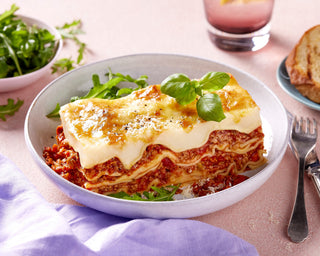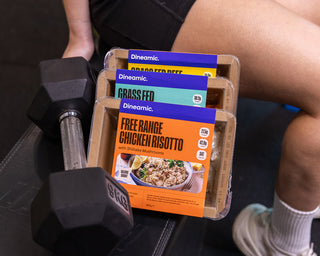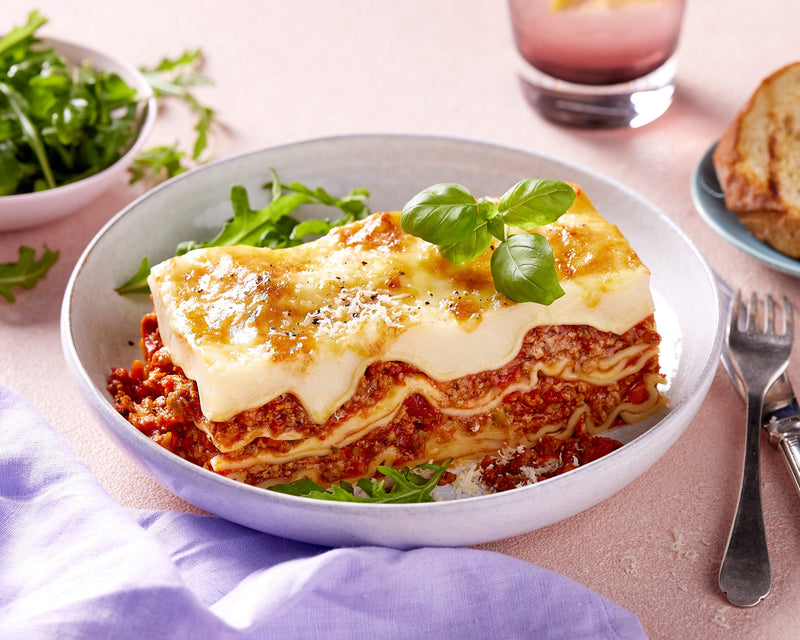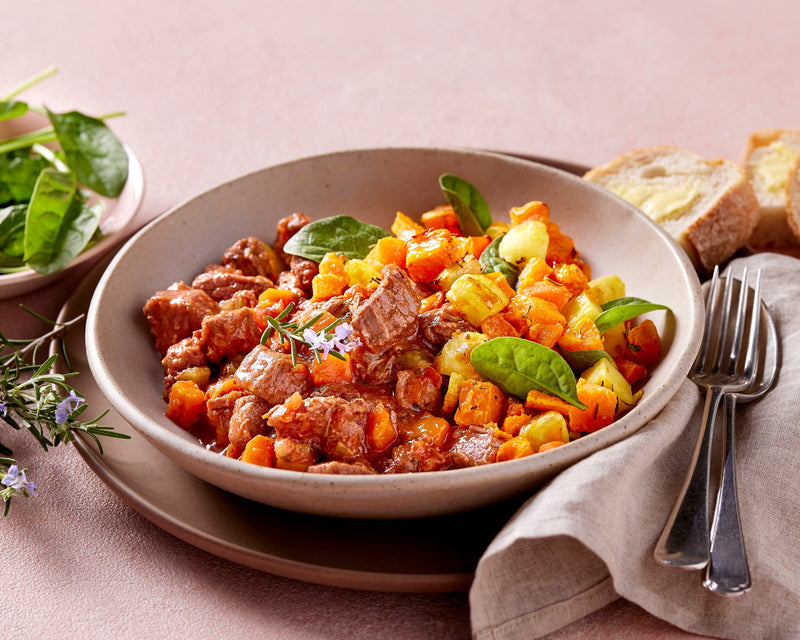
Just like breads, sugars and other pantry staples, the amount of butter and oil spread options on the supermarket shelf are endless. And if you’re like most of us, getting to the supermarket can be a struggle let alone spending the extra 2 minutes to decide which is best. So, for part two of ‘how healthy alternatives stack up’ we’re here to give our two cents and see how these edible oil spreads compare.
Read our past blogpost about how breads stack up!

Butter is made by churning milk or cream to separate the butterfat (solids) from the buttermilk (liquid portion) to create an emulsion. It is predominantly more than 80% fat, uniform in colour and smooth to the point it melts readily on the tongue. There are usually four main types: sweet cream salted butter, sweet cream unsalted, unsalted lactic butter and whey butter. In Australia, you’ll readily find the former versions with a pale to deep yellow colour created by a yellow pigment, beta carotene. If you’ve ever asked yourself why butter is yellow even though milk is white, it is because initially the pigment is hidden by a thin layer that reflects light to make milk appear white, but during the churning process, this breaks the layer down to give off the yellow tinge. Magic!
Nutritionally, although fat is essential for many reasons (e.g. absorption of fat-soluble vitamins for one), it does contribute to a lot more kilojoules compared to other macronutrients, which may deter from weight maintenance if that is one of your goals. Saturated fat itself can also increase the risk of heart disease.
To find out more about saturated and other types of fats, read our past blog post here

Under Food Standards Code, margarine is defined as a spread that contains at least 80% fat. It is non-dairy and made up of primarily vegetable oil, water, salt, emulsifiers. Some manufacturers may add beta-carotene for colour, salt and flavouring (e.g. milk solids) or fortify them with vitamin A and D. Ingredients vary from brand to brand, so it is best to check the label for more detail.
Nutritionally, if you’ve ever avoided margarine in the past because of its trans fat content you’re in for some good news - Australia is lucky enough to have all trans fat removed during margarine processing. Instead, it is made up of the polyunsaturated and monounsaturated fats that help increase HDL cholesterol, minimising the risk of cardiovascular disease. The spreadability of the margarine straight from the fridge is also easier so if its portion control you’re after, the ease of spreading the margarine makes it easier to cut down on how much you lather on on your morning toast.
To find out how WHO is planning to eliminate trans-fat head here
Spreads that are not quite 80% fat fit into the ‘other’ category, they can be a margarine made from a certain vegetable oil or a blend of both worlds.
Plant Sterol Spreads have also made their mark on the market, these have been shown to lower cholesterol by 10% by blocking the body’s ability to absorb cholesterol, benefiting those who are at risk of heart disease or have high blood cholesterol levels. The Heart Foundation recommends 2-3g per day which is approximately 1 – 1.5 tablespoons of plant sterol spread every day.
Olive Oil Spreads can also be in this aisle however some may contain small amounts (again, best to check the label). Research suggests that extra virgin olive oil protects against heart health however there isn’t enough evidence that the spread version has the same effects.
Blended spreads (i.e. butter and vegetable oil) are also available and have been formulated to improve the spreadability of butters.
OUR VERDICT
In terms of energy and kilojoules, margarine contains 10-15% less than butter but it does depend on how much you eat a day. The average daily consumption of these spreads is just 20g per day ~100kJ making it a tiny amount when looking at the average intake of 8700kJ/day.
The major difference to look out for is the fatty acid profile – as butter is mostly saturated fat it can raise blood cholesterol levels. As the Australian Dietary Guideline recommends lowering saturated fat intake to <10% per day you may need to swap it out for another spread if your overall intake is already high in saturated fats.
So, what we’re really trying to say is if you follow a balanced diet, it doesn’t really matter which you choose it all goes down to personal preference and taste. If you’re the type of person to stuff your face full of pastries, shortbread and even have it in your coffee (yes, that’s a thing) then you may want to look for an alternative option such as margarine and reserve the butter for occasional eating.











